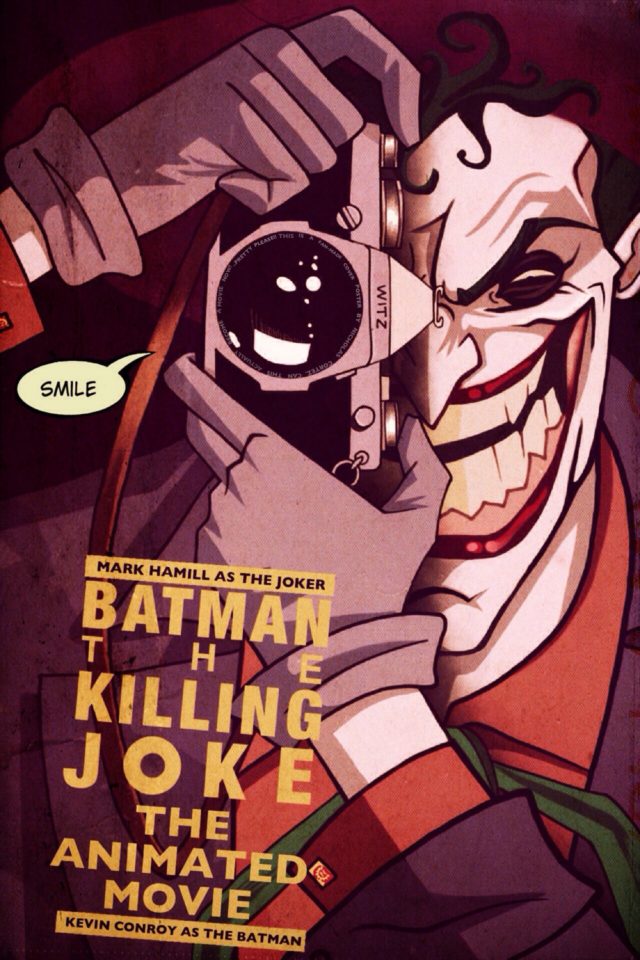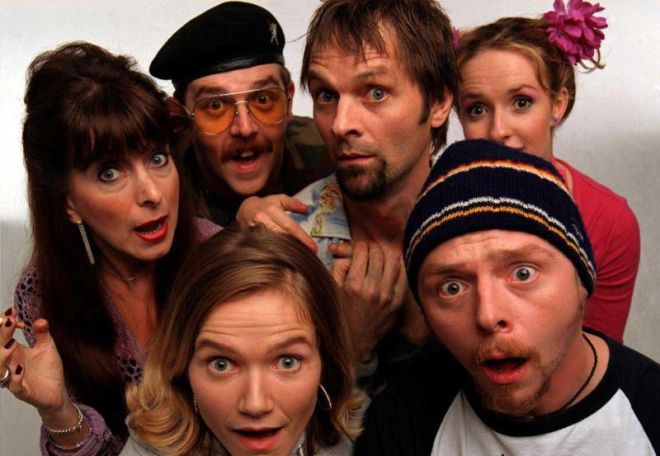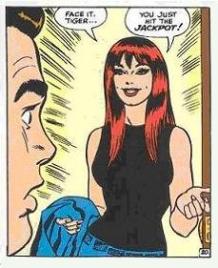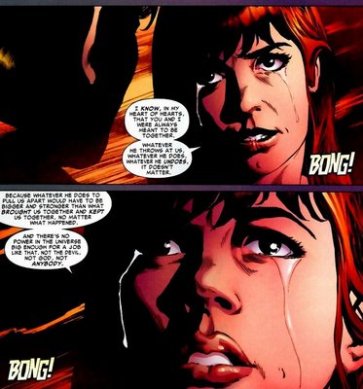
Cover credits: Nicholas Cortez.
TITLE: Batman: The Killing Joke (2016)
DIRECTED BY: Sam Liu
SCREENPLAY BY: Brain Azzarello
BASED ON: the graphic novel illustrated by Brian Bolland and published by DC Comics
VOICED BY: Kevin Conroy, Mark Hamill, Tara Strong, Ray Wise
RATING: 3/4
Despite a legion of admirers including Tim Burton, one person isn’t a fan of The Killing Joke graphic novel, and that is its writer, Alan Moore. He is not too fond of what his work has become, or what his magnum opus, Watchmen, did to comic books in general. On the latter, he says: “[Watchmen] was meant to be something that would liberate comics. Instead, it became this massive stumbling block that comics can’t even really seem to get around to this day. They’ve lost a lot of their original innocence, and they can’t get that back. And, they’re stuck, it seems, in this kind of depressive ghetto of grimness and psychosis. I’m not too proud of being the author of that regrettable trend.”
Regarding The Killing Joke, he calls it “too nasty” and “too physically violent”. While he finds some good what he wrote, The Killing Joke isn’t among his favourite creations. “I think it put far too much melodramatic weight upon a character that was never designed to carry it,” he has said. That might explain what has become of Batman lately.
Alan Moore is also notoriously aversive to Hollywood adapting his work; so much so that his name hasn’t appeared in the credits ever since The League of Extraordinary Gentlemen. Unsurprisingly, only illustrator Brian Bolland is credited in this adaptation likewise titled, Batman: The Killing Joke.
(To avoid confusion from here on, I will refer to the graphic novel as The Killing Joke and the film as Batman: The Killing Joke.)
But even Alan Moore’s aversion cannot discount the graphic novel’s influence in Batman lore, and is often cited as one of the defining origins of the Joker (even if it is unreliable thanks to the character’s unstable nature). What was intended to be a one-shot story became canon to the main title, particularly regarding the controversial reason of Barbara Gordon’s paralysis that lasted until the 2011 reboot in the comics (if I’m not mistaken). Does that happen in the film, too? Or does Barbara escape this fate? And does the material’s ambiguous ending, where Batman may or may not have killed the Joker, make the final cut?
In a landscape dominated by superhero fare- across film and television- in a year stuffed with six superhero films and a new Batman in the form of Ben Affleck, Batman: The Killing Joke makes for a fun if ultimately inconsequential addition to the genre. At any rate, it is vastly superior to the last few offerings from DC Animation (barring Justice League: Gods and Monsters, for reasons I’ll explain two paragraphs later).
The Killing Joke is not enough to fill a one-hour running time. In order to pad it out and introduce Batgirl/Barbara Gordon (voiced by Tara Strong), an extra thirty-minute prologue has been added. It involves a narcissistic psychopath (foreshadowing!) named Paris France obsessed with Batgirl. He plays a game of cat-and-mouse to lure her into his trap. There’s also a romance between her and Batman (mainly from Barbara’s side) that adds friction to their partnership. It has no bearing on the main plot beyond giving Batgirl a backstory, and yet these thirty minutes are interesting enough to warrant a standalone film.
Therein lies the problem: when played on the screen, The Killing Joke material isn’t that compelling- and this is considering that veteran writer Brian Azzarello’s script has adapted Alan Moore’s graphic novel almost word-for-word and beat for beat. A little sluggish and still misogynistic, Batman: The Killing Joke can’t help but feel a tad bit ugly for the remainder of the film. The animation, too, is disappointing. It is too clean and too cheap-looking. It pales in contrast to Brian Bolland’s phenomenal artwork for the comic. Even though the latter might have been impossible to adapt, the animators could have at least taken the trouble to add depth- whatever happened to the animation prevalent in the nineties cartoons?
But then, with Bruce Timm as executive producer- one of the brains behind the excellent Batman: The Animated Series, Superman: The Animated Series and the Justice League animated series- Batman: The Killing Joke maintains the excellent standards present in last year’s Justice League: Gods and Monsters, which he was also involved in (refer to two paragraphs earlier).
The real highlight is Kevin Conroy and Mark Hamill reprising their iconic roles as Batman and the Joker respectively. Given the countless actors who’ve played and voiced these characters, these two have made their stamp and defined them as their own. Mark Hamill especially delivers the most nuanced and terrifying performance of the Joker yet, while Kevin Conroy proves yet again why he is the Batman. Tara Strong convinces us of the complex emotions that Barbara undergoes. She needs to be given a Batgirl solo film of her own, especially with the mid-credits tag teasing her future as Oracle.
And speaking of endings: does Batman kill the Joker as is suggested in the comics closing panels? The ambiguity carries over. The fate of the Joker is left to the imagination of the viewer once again.
Once thing is for certain: despite the R-rating and the grim nature of the film, Batman’s future of Batman has never looked brighter. And as long as Kevin Conroy, Mark Hamill and Bruce Timm continue to make more Batman films, there is no downside. There never has been.




















![Spider-Man - India #2 Pg 00 [Marvel-2005] (Firelord-DCP)](https://dineshholmes.wordpress.com/wp-content/uploads/2014/10/spider-man-india-2-pg-00-marvel-2005-firelord-dcp.jpg?w=660&h=1009)









